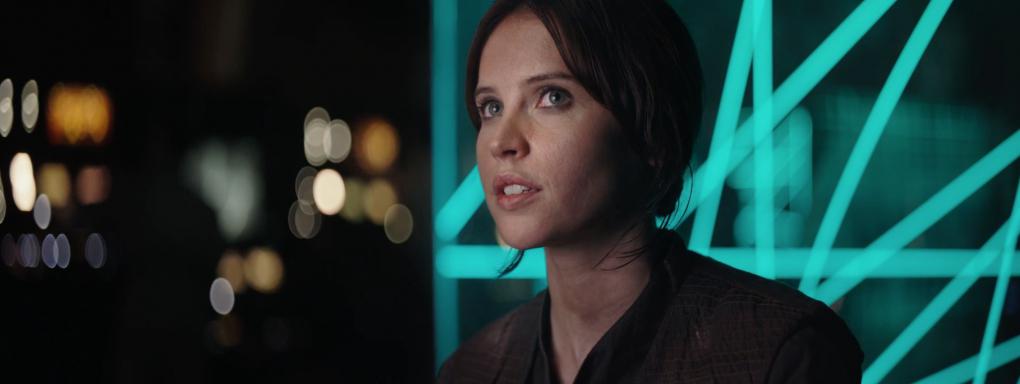The trailer for the latest Star Wars movie, Rogue One: A Star Wars Story, was released last week. Following the success of the revival of the franchise in last year’s Star Wars: The Force Awakens, anticipation is unsurprisingly at a fever pitch. As in the case of The Force Awakens, much of the pre-release speculation and comment has been preoccupied with the question of the representation of women and minorities within it. Despite concerns about a male-heavy cast early in the film’s development, the character of Rey in The Force Awakens met with a rapturous reception when it hit the cinemas. Along with the characters of Finn and Poe Dameron, many believe that her character marks a decisive movement towards a more egalitarian and inclusive vision of Star Wars, one no longer so dominated by white male protagonists.
Login to read more
Sign in or create a free account to access Subscriber-only content.
Topics:
